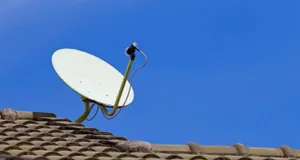A new report from NSR, Linear TV via Satellite, ninth edition, shows that linear TV via satellite will remain a global growth market with over 12,200 new channels over the next 10 years, reaching over 53,600 total by 2026. This is despite inroads that OTT has made in many regions. The report also points out that the growth in DTH and video distribution appear to be coming to an end.
The growth of DTH will be driven by SD channels, with over two-thirds of the channels carried in 2026 being in SD format. It is expected that satellite operators will benefit from HD format channel growth, indicating that DTH, cable and IPTV markets are finally reaching an inflection point in product offerings. This is partially due to the focus on the move to premium output to compete against OTT platforms. Plus, a hesitation for platforms to drop channel, due to fear of triggering cord-cutting and subsequent subscriber revenue loss.
Alan Crisp, NSR analyst and report lead author stated that increasing levels of compression, and especially HEVC implantation on video distribution to cable and IPTV headends, will have a much greater negative impact on satellite capacity demand growth longer term than any increases to number of channels carried over satellite. He also stated that pay-TV platforms are looking to decrease costs so subscribers will not feel impacted. Reducing capacity costs through compression is one way that this can be achieved. Consequently, video leasing revenues in some regions will peak in the medium term, as compression and modest pricing declines begin to take effect.
Growth in revenue and satellite capacity seen in past decades in the video market, is nearly over, with growth becoming less dynamic than in the past. Nonetheless, DTH and video distribution are expected to remain significant for many FSS operators globally, contributing well over $6 billion in annual revenues over the next 10 years

